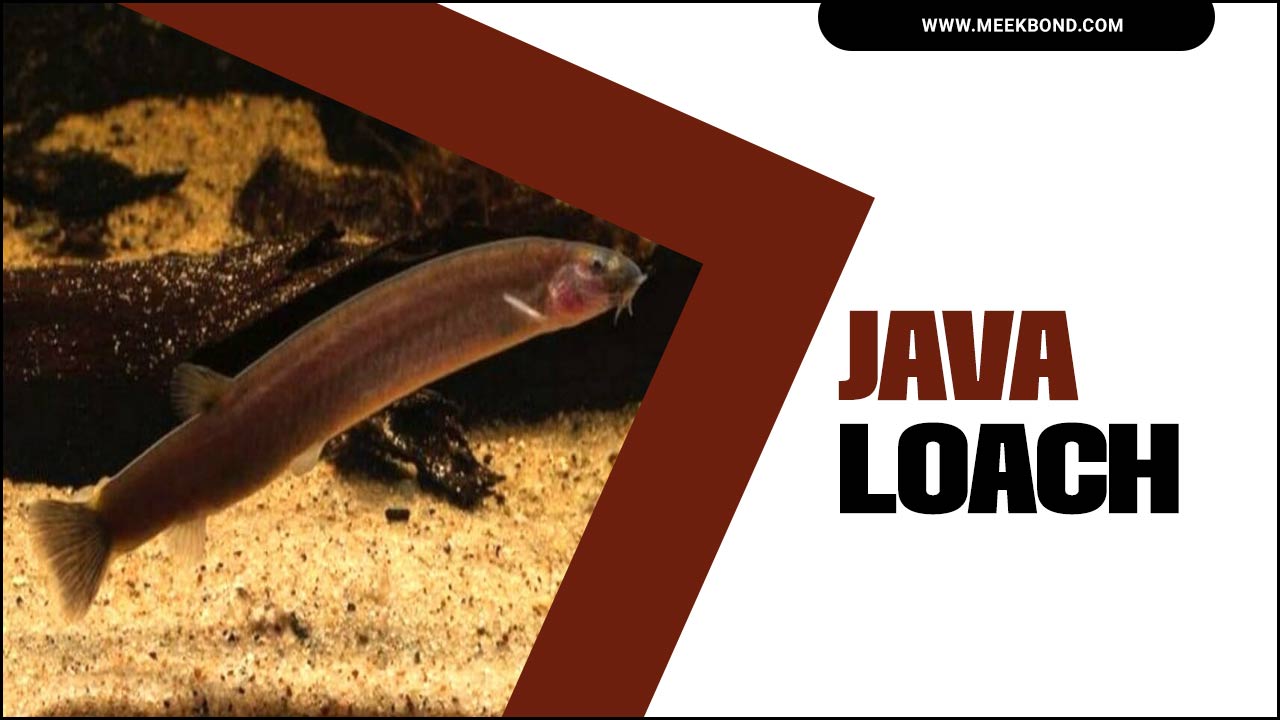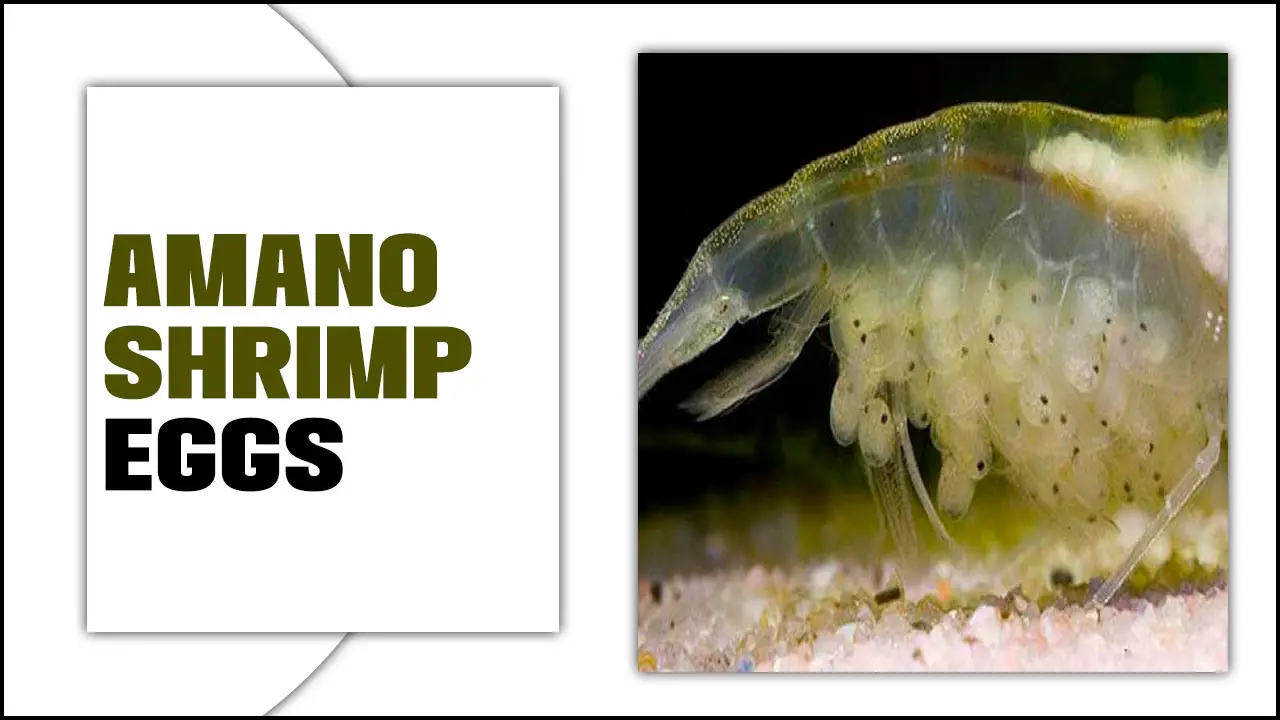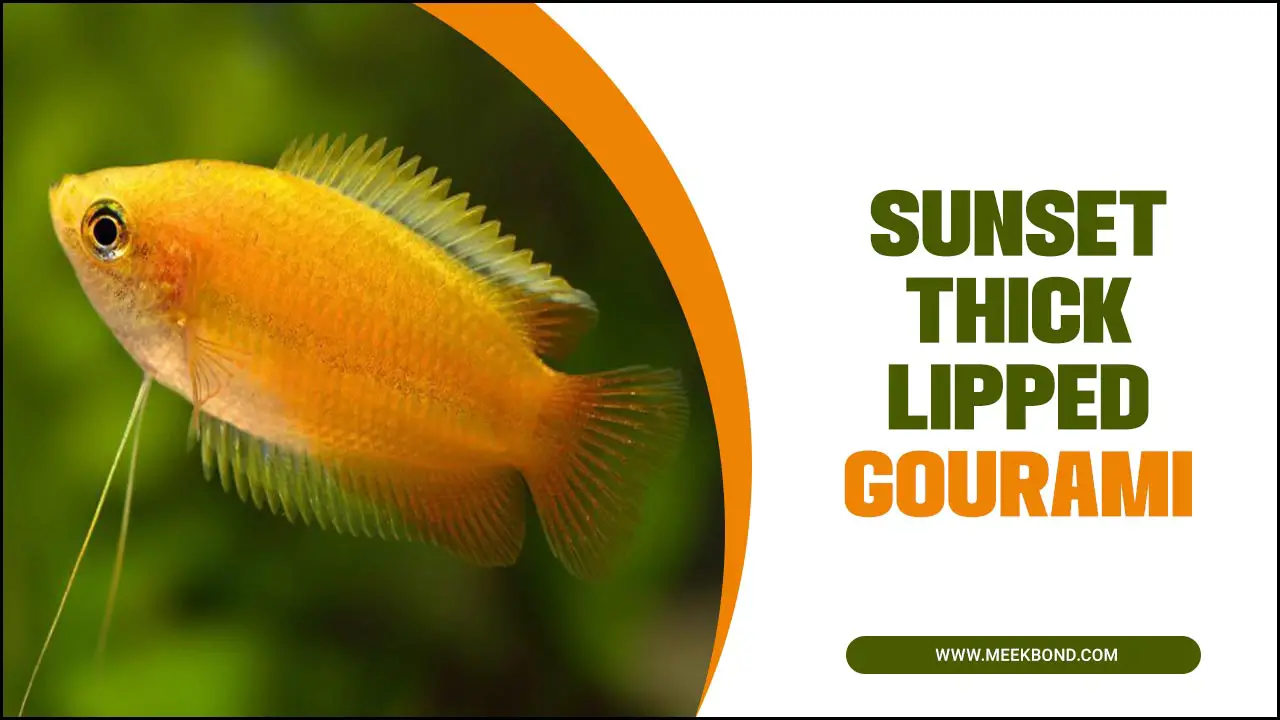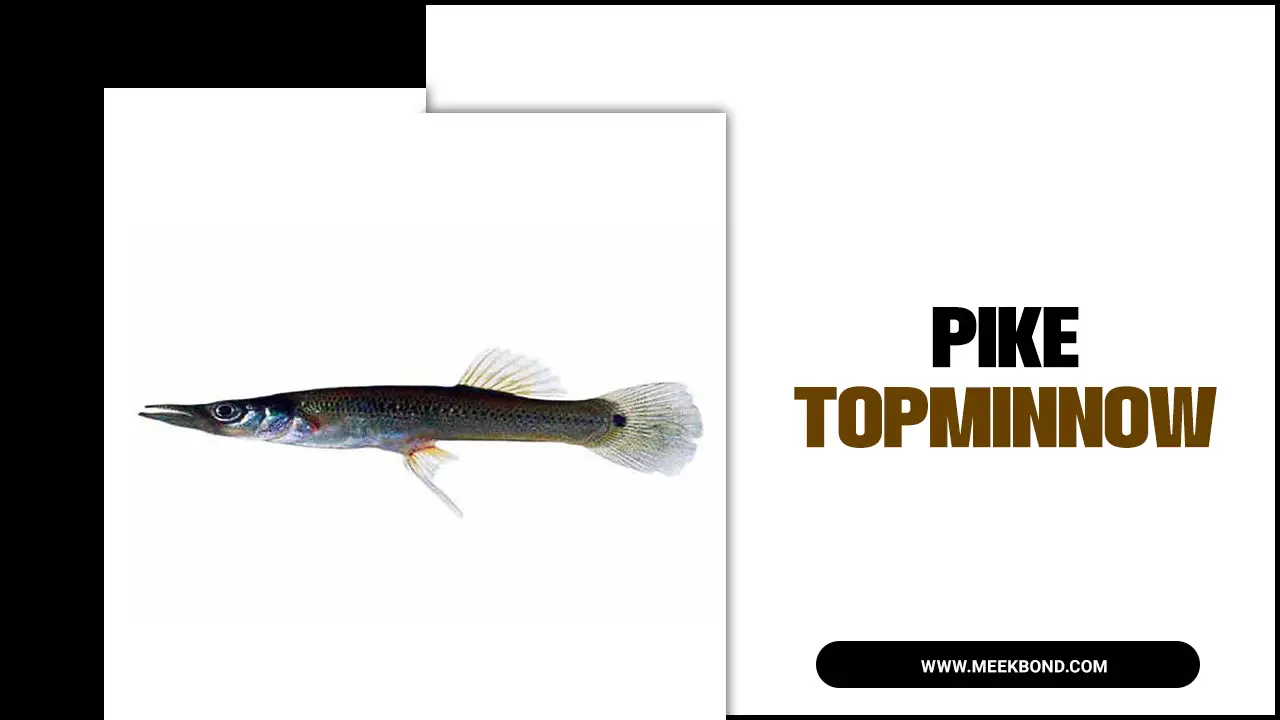Crayfish dying can occur both in captivity and the wild, with symptoms such as lethargy, loss of appetite, and lack of movement. Common reasons for crayfish deaths include poor water quality, disease, and stress.
It is important to address these issues promptly to prevent further fatalities in your crayfish population. Maintaining proper water conditions by monitoring parameters like pH, temperature, and ammonia levels can help ensure a healthy environment for your crayfish.
Regular cleaning of the tank or pond is also essential to remove waste and debris contributing to poor water quality. Here we will cover all the signs crayfish dying. We have included some prevention measures and care tips to help you keep your crayfish healthy and happy for years.
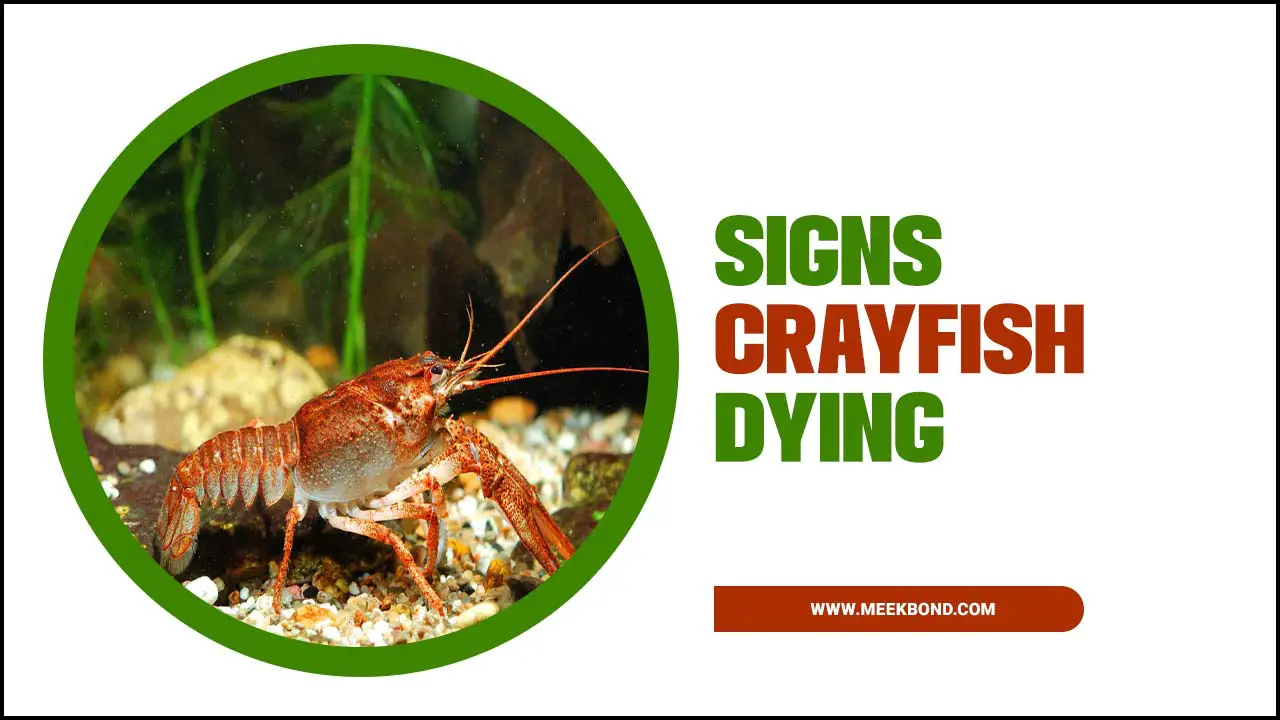
Recognizing The Signs Crayfish Dying
Lethargy and decreased activity compared to their usual energetic behavior are key red flags that crayfish may be dying. Additionally, changes in appetite or a complete lack of interest in food can indicate health problems. Pay close attention to any damage or discoloration on their exoskeleton, as this can indicate underlying issues.
Watch for abnormal behavior, such as hiding or staying in the open for extended periods. Another tell-tale sign is a foul smell emanating from the aquarium or tank. If you notice any of these signs, it’s important to take action promptly to ensure the well-being of your crayfish. Below we discuss in more detail on signs crayfish dying.
Discolored Appearances
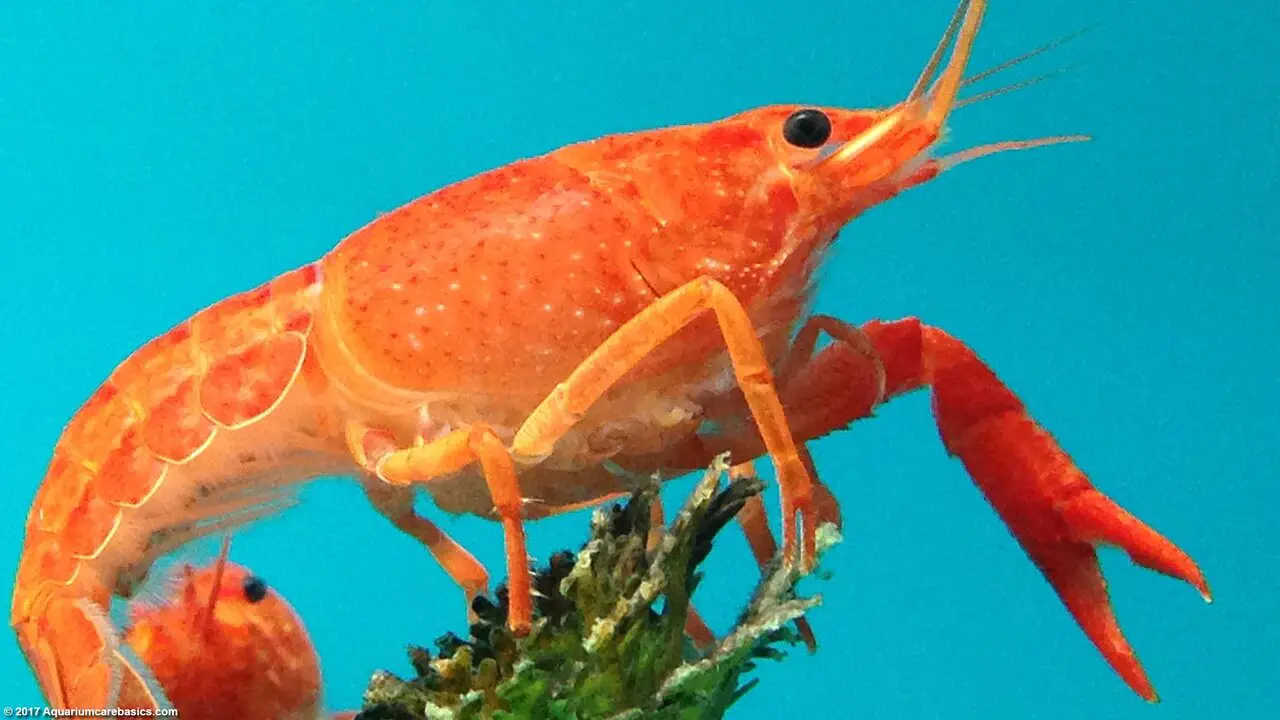
Discoloration in crayfish can indicate stress or disease. Fungal infections may be signaled by white spots or patches on the shell, while bacterial infections or decay can cause blackening of the shell or body. A reddish or rusty color could indicate high levels of iron in the water, which can harm crayfish. It’s important to monitor water quality and address any issues promptly to prevent crayfish health problems.
By maintaining proper water parameters, using a water conditioner, and avoiding poor water conditions like high ammonia or nitrate levels, you can create a healthy environment for your crayfish. Additionally, ensuring compatible tank mates and providing proper care during molting can help keep your crayfish happy and vibrant.
Lethargic Behavior
Lethargic behavior is a common indication that a crayfish is not healthy. Look for crayfish exhibiting reduced movement or significantly slowed down in their activity. A healthy crayfish will be lively and actively exploring its aquarium environment. Lethargy can be attributed to various factors, including stress, poor water quality, and disease.
Identifying and addressing the underlying issues are crucial steps to improve the overall health of your crayfish. By monitoring water parameters, maintaining good water quality, and ensuring compatibility with tank mates, you can help prevent poor water conditions that may lead to lethargy in crayfish. Additionally, being aware of crayfish molting cycles and providing appropriate care during molting stages can contribute to their vitality and well-being.
Unusual Shedding
Crayfish typically shed their exoskeleton as part of their growth process, but when shedding becomes unusual, it can be a sign of underlying health issues. Look out for signs of incomplete shedding, such as remnants of the old shell or difficulty in movement. Incomplete shedding can lead to injuries or infections if not addressed promptly.
Additionally, watch for other signs of stress or illness, including lethargy, loss of appetite, or discoloration. If any concerning signs are observed, it is advisable to seek advice from a veterinarian or an experienced crayfish keeper. Ensuring the well-being of your crayfish requires vigilance and prompt attention to any unusual shedding behavior.
Loss Of Appetite
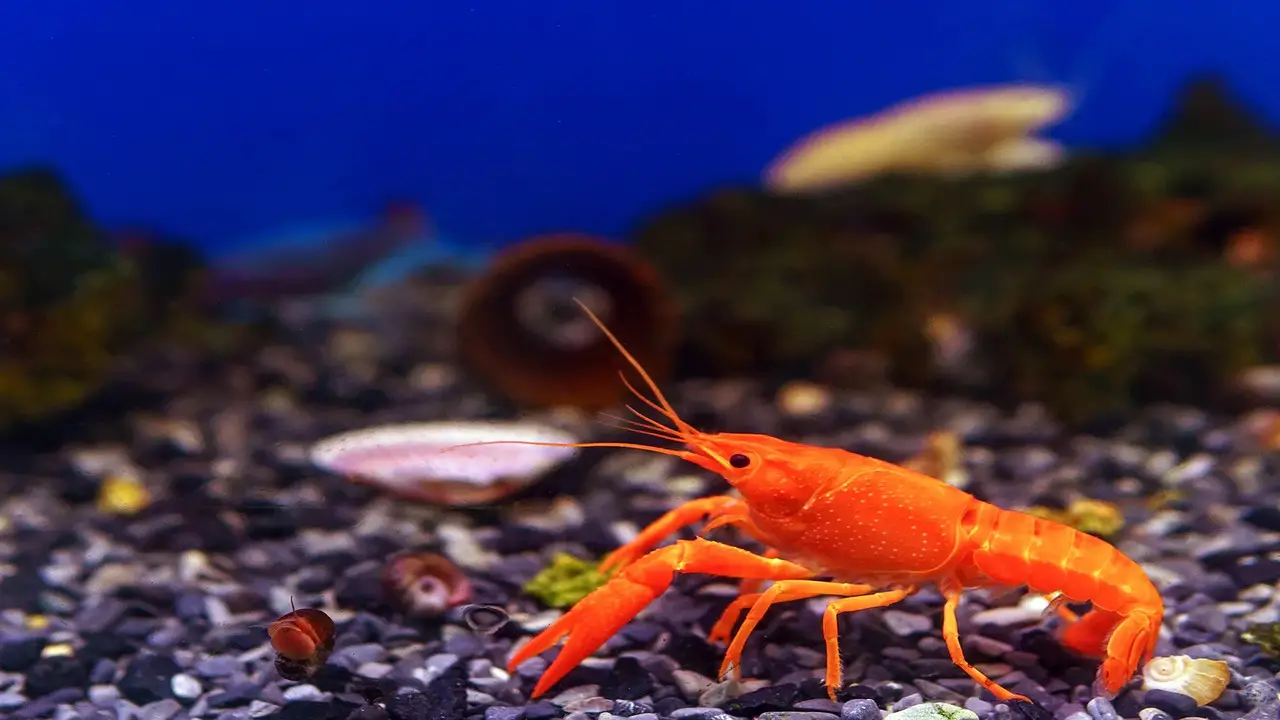
When a crayfish nears the end of its life, it may lose its appetite and refuse to eat. This decrease in feeding activity can lead to malnourishment and further health issues. Several factors can cause a loss of appetite in crayfish, including water quality issues, stress, or illness.
It’s important for crayfish owners to carefully monitor their pet’s feeding habits and make necessary adjustments to the tank environment. Providing a varied diet and ensuring proper nutrition can also help prevent a loss of appetite in crayfish. By addressing these issues and taking proactive steps to maintain optimal water conditions, crayfish owners can help promote their pets’ overall health and well-being.
Inability To Swim
An inability to swim is a common indication that a crayfish is nearing the end of its life. You may observe the crayfish struggling to stay afloat or remaining motionless at the bottom of the aquarium. Several factors, such as illness or poor water quality, can contribute to this inability. It’s crucial to pay attention to other signs of distress, including lethargy and loss of appetite.
If you suspect that your crayfish is in distress, it is advisable to contact a veterinarian or aquatic specialist for assistance. By identifying and addressing the underlying causes of the crayfish’s inability to swim, such as poor water conditions or illness, you can help improve its overall well-being and potentially extend its lifespan.
Clamped Claws
Clamped claws in crayfish can indicate stress, injury, or disease. This condition can make it difficult for them to feed properly, leading to weight loss. Poor water quality, overcrowding, and a lack of hiding places are common causes of clamped claws. To restore the health of crayfish with this symptom, it is crucial to address the underlying cause.
Regular observation and prompt action can prevent the condition from spreading further among crayfish populations. By monitoring water quality, ensuring proper tank conditions, and providing suitable hiding places, you can help prevent the occurrence of clamped claws in your crayfish. Remember to consider the overall well-being of your crayfish and take appropriate steps to maintain their health and vitality.
Cloudy Eyes
Cloudy eyes in crayfish often indicate poor water quality or bacterial infection. Along with cloudy eyes, other symptoms to watch out for include lethargy and a lack of appetite. It’s crucial to maintain regular water changes and ensure proper filtration to prevent the occurrence of cloudy eyes.
Additionally, it is necessary to quarantine any new crayfish before introducing them to a community tank to avoid spreading diseases. If your crayfish shows signs of illness, it’s best to seek advice from a veterinarian or an experienced aquatic specialist. By taking these preventive measures and staying aware of the health of your crayfish, you can help ensure their well-being in the aquarium.
Curled Or Bent Tail
A telltale sign of stress or illness in crayfish is a curled or bent tail. The crayfish may not be well when the tail appears floppy or limp. This condition can be attributed to poor water quality, lack of oxygen, or disease. To ensure the well-being of the crayfish, it is essential to closely monitor not only the curled or bent tail but also other accompanying symptoms.
Early detection and proper treatment can be pivotal in saving the crayfish’s life. Therefore, it is crucial to pay attention to the tail and promptly address any issues. By maintaining optimal water parameters, ensuring good water quality, and providing suitable tank mates, you can create a healthy environment for your crayfish and prevent further harm.
Unusual Odors
Unusual odors in your crayfish’s tank or water may indicate poor water quality or bacterial infection. If you notice a strong, foul smell, it could be a sign of harmful bacteria or decaying organic matter. Additionally, a sudden change in the water’s odor might suggest an issue with the tank’s filtration system.
To prevent these unpleasant odors and keep your crayfish healthy, it’s essential to perform regular water changes and maintain proper tank maintenance. By testing the water quality and addressing any issues promptly, you can ensure a clean and odor-free environment for your crayfish. Remember, a healthy aquatic environment is crucial for the overall well-being of your crayfish.
Loss Of Respiration
Loss of respiration in crayfish is a common sign indicating their declining health. This can be attributed to factors such as poor water quality or a lack of oxygen in the aquarium. When crayfish are experiencing respiratory distress, they may exhibit signs like gasping for air or lethargy. To prevent respiratory issues, it is crucial to regularly monitor water parameters and ensure proper aeration in the tank.
Additionally, you may notice discolored gills or abnormal behavior in crayfish struggling to breathe. Taking prompt action and intervening can make a significant difference in saving a dying crayfish. By maintaining good water quality, monitoring oxygen levels, and being attentive to any signs of respiratory distress, you can help ensure the well-being of your crayfish.
Identifying Causes Of Crayfish Mortality
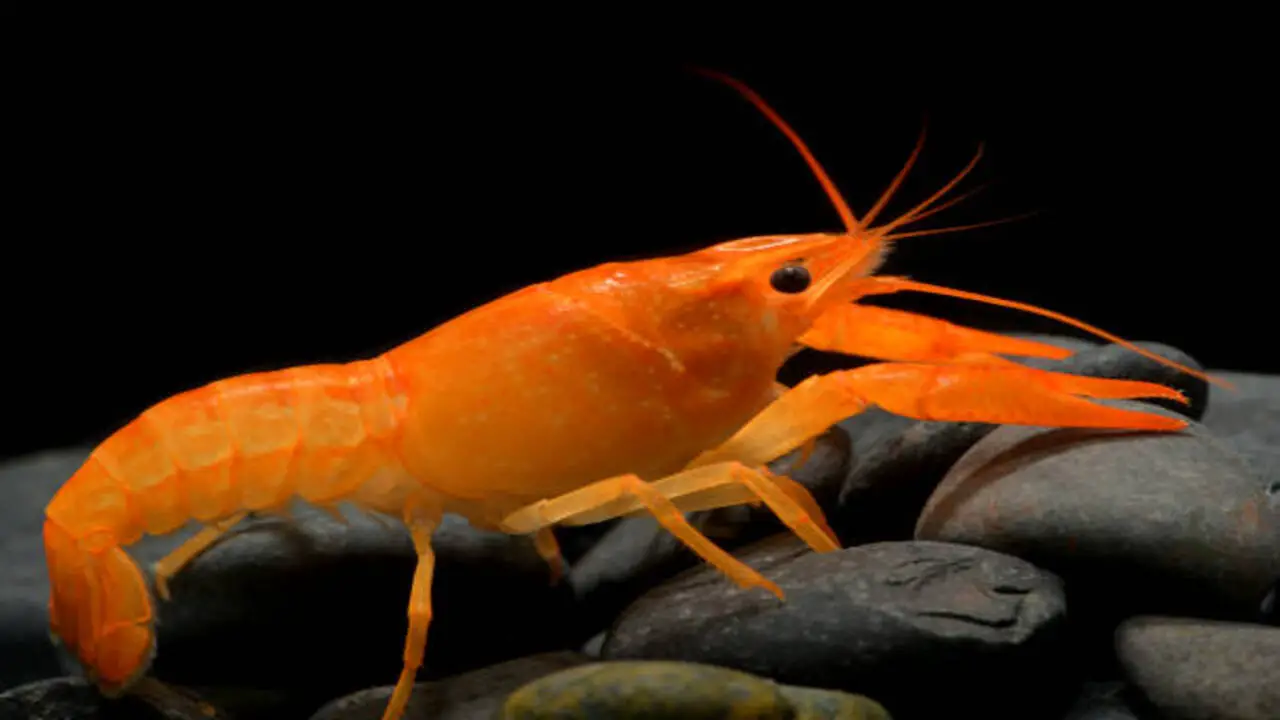
To ensure the well-being of your crayfish, it is crucial to identify and address potential causes of mortality. Poor water quality can have a significant impact on their health. Monitoring water parameters such as pH, temperature, and ammonia levels is essential. Overcrowding can also lead to stress and increased susceptibility to diseases. Providing sufficient space for your crayfish to move around comfortably is vital.
Additionally, inadequate nutrition can weaken their immune system. Ensure they have a balanced diet that includes the necessary nutrients. Look for signs of illnesses or parasites, as they can quickly spread and harm your crayfish. Finally, avoid exposing them to a stressful environment by minimizing abrupt changes in water temperature or frequent disturbances in their habitat.
Age-Related Issues
As crayfish age, they experience certain age-related issues that can impact their health and well-being. One of the key factors to consider is their lifespan, which typically ranges from 1 to 2 years. As they get older, the mortality rates increase. Older crayfish often have weaker immune systems, making them more disease-resistant.
In addition, age-related issues can manifest in various ways, such as reduced mobility, decreased appetite, and slower growth. It’s crucial to regularly monitor the health of your crayfish, especially as they approach the end of their lifespan. By providing a healthy diet and proper care, you can help prolong the lifespan of your crayfish and ensure they live their best lives.
Problems With Tank Mates And Environment
Aggressive tank mates can cause stress for crayfish, ultimately leading to higher mortality rates. Poor water quality, including low oxygen levels, can also contribute to crayfish deaths. Overcrowding in tanks can create stressful conditions for crayfish, further impacting their health and well-being.
Another factor to consider is maintaining proper temperature and pH levels in the aquarium, as deviations from the optimal range can negatively affect crayfish health. Regular tank maintenance and monitoring are essential to prevent mortality due to environmental factors. Addressing these issues and ensuring a suitable habitat can create a healthier and safer environment for your crayfish.
Diseases And Oxygen Deprivation
Crayfish can be susceptible to various diseases, including shell disease, gill rot, and white spot syndrome. These ailments can significantly impact their health and lead to mortality. Additionally, crayfish require adequate levels of oxygen to survive.
Insufficient oxygen levels in the water can be detrimental to their well-being. Poor water quality, high temperatures, and overcrowding can contribute to oxygen deprivation. To prevent mortality, it is essential to regularly monitor water conditions, perform proper filtration, and ensure appropriate stocking density.
Regular water changes and optimal water parameters are also crucial for promoting a healthy crayfish population. By being vigilant for signs of disease and addressing oxygen levels, you can take proactive steps to maintain the well-being of your crayfish.
Prevention And Care For Your Crayfish
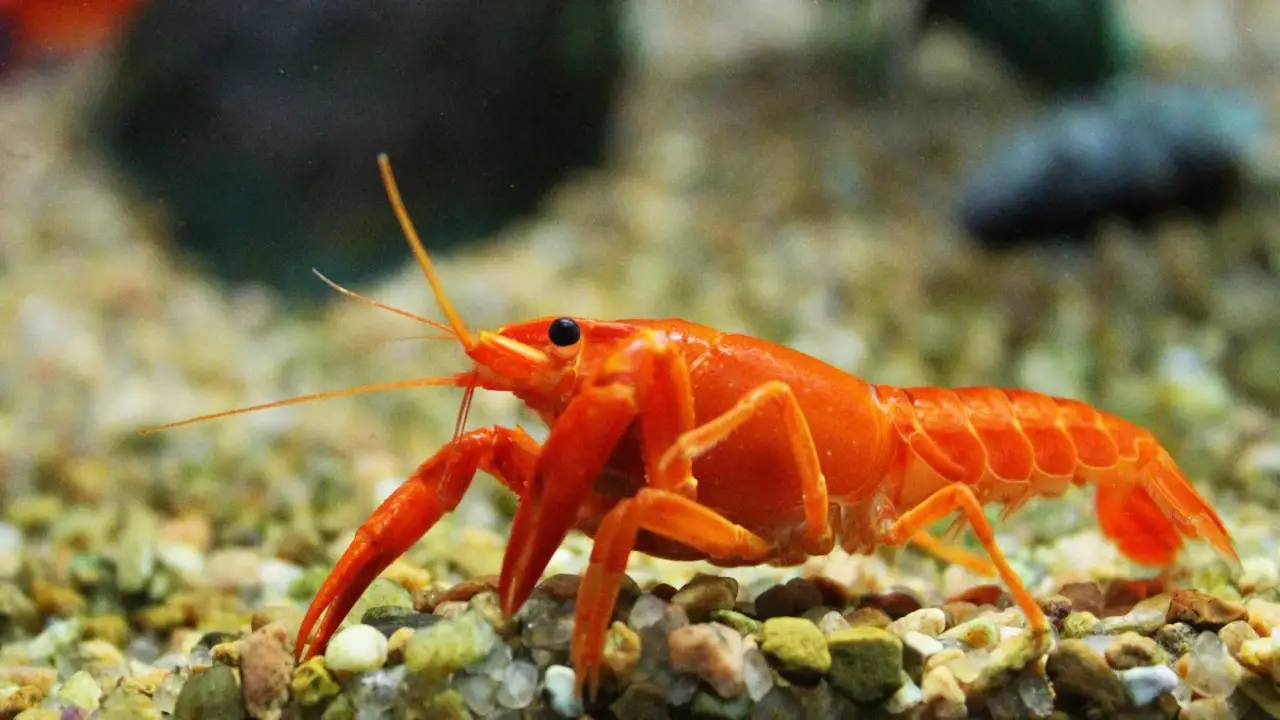
To ensure the well-being of your crayfish, it’s essential to take preventive measures and provide the necessary care. Keep a close eye on signs of distress or illness, such as lethargy or a discolored shell. Maintaining proper water parameters is crucial, including monitoring temperature, pH, and ammonia levels.
A well-balanced diet with appropriate supplements will help keep your crayfish healthy. Regular tank cleanings and water changes are necessary to maintain a healthy environment and prevent poor water conditions.
Finally, it is vital to quarantine any new crayfish before introducing them to your existing tank to prevent the spread of disease. By following these preventative measures and providing proper care, you can ensure the longevity and well-being of your crayfish.
Conclusion
It is important to be vigilant and observant signs crayfish dying. Discolored appearances, lethargic behavior, unusual shedding, loss of appetite, inability to swim, clamped claws, cloudy eyes, curled or bent tail, unusual odors, and loss of respiration are all indicators of potential health issues in crayfish.
Identifying the causes of crayfish mortality, such as age-related issues, problems with tank mates and the environment, diseases, and oxygen deprivation, can help prevent further deaths. Providing proper care, maintaining water quality, and ensuring a suitable habitat for your crayfish can promote their well-being and longevity. Remember, a healthy and thriving crayfish adds beauty and vibrancy to your aquatic environment.
Frequently Asked Questions
Do Crawfish Float When Dead?
Crawfish may float when they die as gases build up in their bodies. However, not all dead crawfish will float, so it’s important to look for other signs like lack of movement and a strong odor. Remove any suspected dead crawfish from the tank to prevent contamination.
What Color Are Crayfish When They Molt?
During molting, crayfish are typically pale and soft. This natural process involves shedding their exoskeleton to grow. After molting, they gradually harden and darken in color. It’s important to monitor them during this vulnerable stage for potential predators or infections.
What Color Is A Molting Crayfish?
During molting, crayfish can display various colors, such as white, gray, brown, or even pinkish-red. The color can vary depending on the species and stage of molting. It’s crucial to provide a hiding spot for your crayfish during this vulnerable time to ensure their safety.
What Is The Best Way To Tell If Crayfish Are Dying?
Signs of a crayfish dying can include lethargy, loss of appetite, and discolored exoskeleton. Check the water conditions and observe other crayfish for similar symptoms. If concerned, seek veterinary advice to ensure proper care.
Why Is My Crayfish Laying On Its Side And Not Moving?
A crayfish laying on its side and not moving can indicate distress or illness. It’s important to check the water quality and oxygen levels, as poor conditions can be a cause. If the crayfish don’t regain mobility, seeking advice from a veterinarian or aquatic specialist is recommended.

Aquarium passion is all about connecting with the aquatic life and providing education to the public on the importance of these creatures. We showcase a wide variety of marine life through our exhibits as well as working with schools to provide unique learning opportunities for students of all ages.

